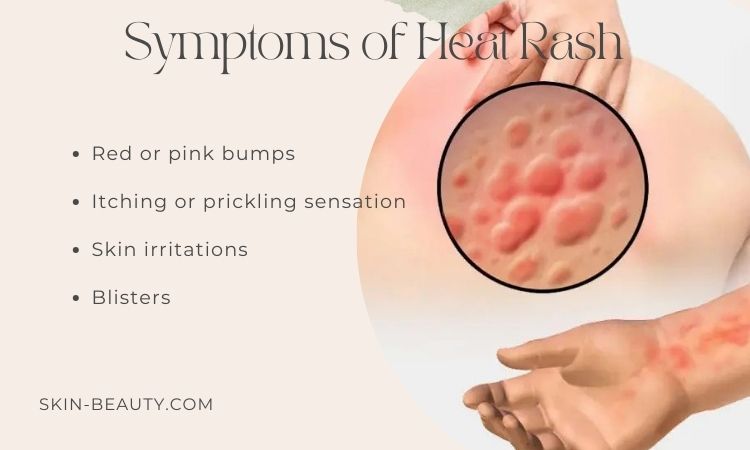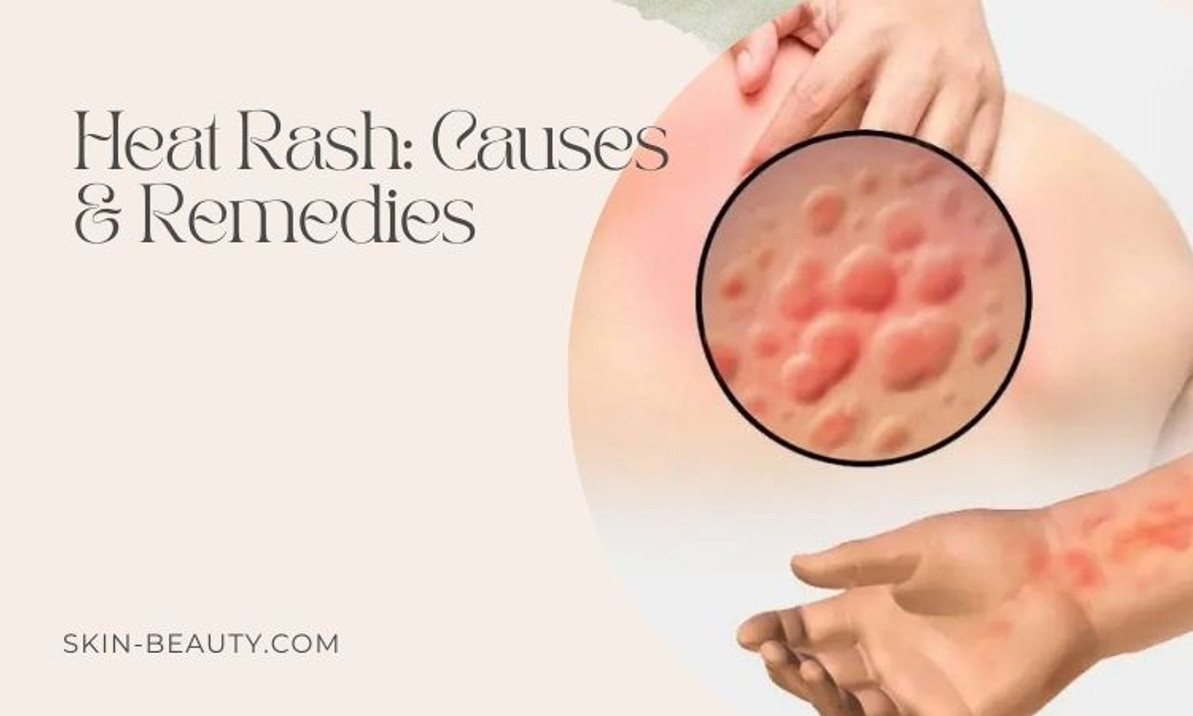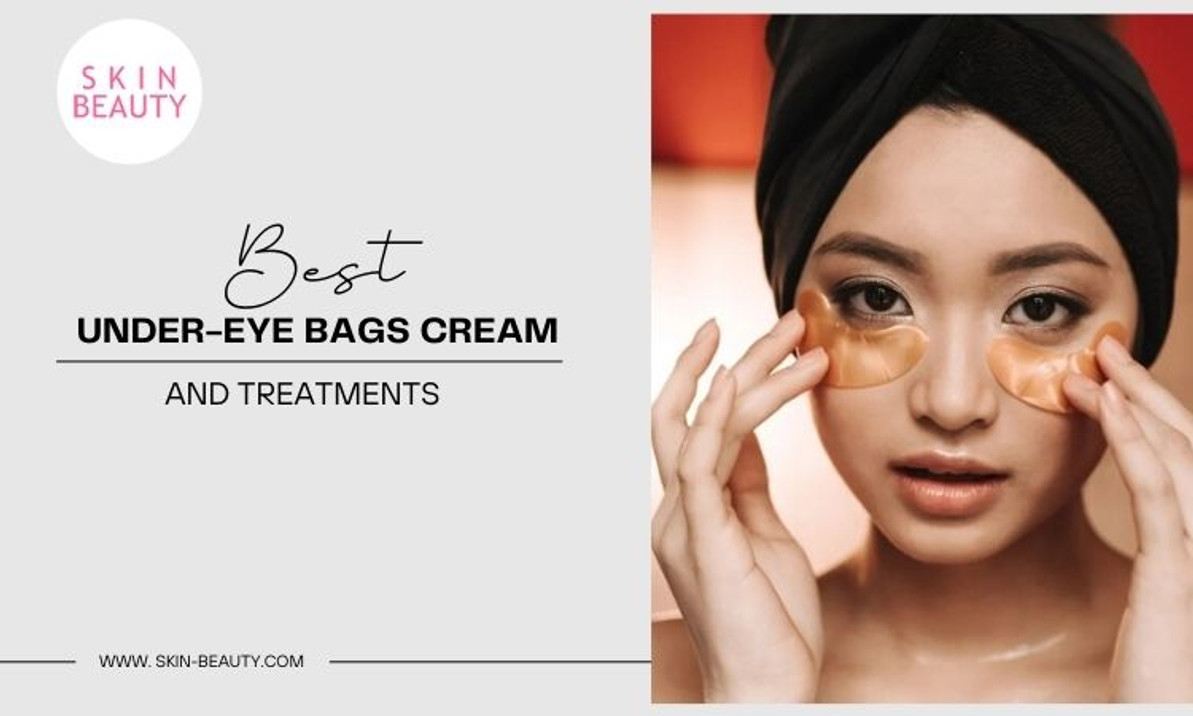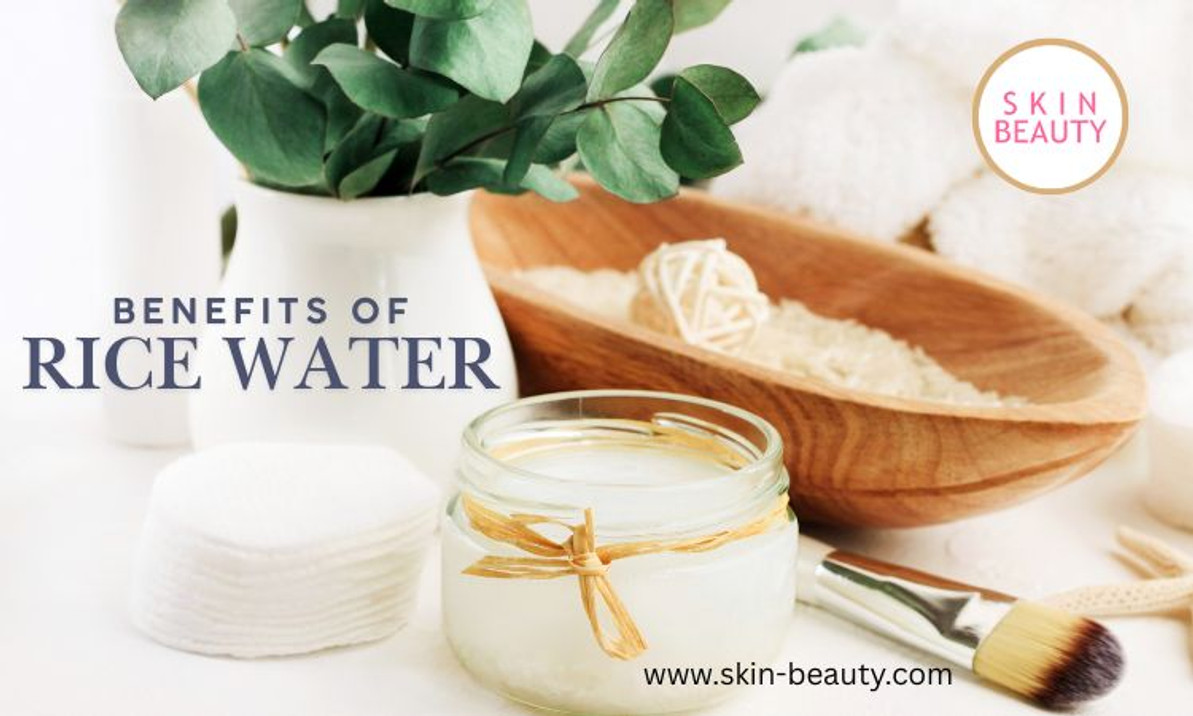Understanding Heat Rash: Causes and Remedies
Understanding Heat Rash (Prickly Heat): Causes and Remedies
Heat rash, also known as prickly heat or miliaria, is a common skin condition that occurs when sweat glands become blocked, trapping perspiration under the skin. This condition leads to the formation of small red or pink bumps, causing discomfort and itching. Heat rash is more prevalent in hot and humid climates and affects individuals of all ages, particularly infants and young children. This article explores the causes of heat rash and suggests remedies to help alleviate symptoms and prevent recurrence.
What Does Heat Rash Look Like?
Heat rash, also called miliaria, is a skin condition that occurs when sweat ducts become blocked. This blockage leads to the sweat leaking into the surrounding tissue, causing inflammation and the characteristic rash. Typical symptoms of heat rash include itching and discomfort. The rash usually appears as small red bumps on the skin, particularly in areas where sweat accumulates, such as the armpits, groin, or under the breasts.
What Causes Heat Rash?
Heat rash is primarily caused by blocked sweat ducts. The human body regulates temperature through sweating, but when sweat is unable to escape, it builds up beneath the skin, leading to inflammation and irritation. Several factors contribute to the development of heat rash:
- Hot and Humid Weather: High temperatures and humidity increase sweating, heightening the risk of sweat ducts becoming blocked.
- Tight Clothing: Wearing tight or non-breathable clothing restricts airflow, causing sweat to accumulate.
- Excessive Physical Activity: Vigorous exercise or physical work in hot conditions can lead to increased sweating and, consequently, heat rash.
- Friction: Continuous rubbing of skin against skin or clothing can irritate sweat ducts, leading to blockage.
- Medical Conditions: Certain illnesses and conditions that cause excessive sweating or restricted movement can increase the likelihood of heat rash.

Symptoms of Heat Rash
The symptoms of heat rash vary depending on its severity. Common signs include:
- Red or Pink Bumps: The most noticeable symptom is the appearance of small, raised red or pink bumps on the skin.
- Itching or Prickling Sensation: Heat rash is often accompanied by a prickling or itching sensation, hence the term "prickly heat."
- Skin Irritation: The affected area may feel warm to the touch and exhibit mild swelling.
- Blisters: In severe cases, tiny fluid-filled blisters may form on the skin.

How to Prevent and Treat Heat Rash
There are several creams available over the counter that can help to soothe the symptoms of heat rash. Calamine lotion, in particular, can be effective in reducing itching and inflammation. To prevent heat rash in hot climates, it is essential to wear loose-fitting, breathable clothing made from cotton to keep the skin cool and dry. The Mayo Clinic advises staying in air-conditioned spaces during periods of extreme heat and humidity to prevent heat rash.
Most cases of heat rash resolve on their own with simple remedies and preventative measures. Here are some effective ways to treat and prevent heat rash:
- Keep Cool: Stay in cool, air-conditioned environments when possible, especially during hot weather. Use fans to improve air circulation.
- Wear Breathable Clothing: Opt for loose-fitting clothing made from natural fibers like cotton. These fabrics allow for better air circulation and reduce sweat accumulation.
- Avoid Excessive Sweating: Limit intense physical activity during the hottest parts of the day. Take breaks in shaded or air-conditioned areas.
- Keep Skin Dry: Use talcum powder or cornstarch-based powders to absorb moisture and keep the skin dry.
- Cool Compresses: Applying a cool, damp cloth to the affected area can help soothe irritation and reduce itching.
- Avoid Scratching: Scratching can worsen irritation and increase the risk of infection. If itching is severe, consider using anti-itch creams or ointments.
- Maintain Good Hygiene: Regular showers with mild soap can help keep the skin clean and free from sweat and bacteria.

If the symptoms of heat rash persist or worsen, it is important to seek medical advice. Signs that indicate the need to consult a doctor for heat rash include the presence of pus-filled blisters, severe itching, or if the rash does not go away with treatment. Untreated heat rash can lead to complications such as heat exhaustion or heat stroke. In severe cases of heat rash, medical treatments such as corticosteroid creams may be prescribed to reduce inflammation and itching.
Special Considerations for Heat Rash in Newborns
Heat rash can also affect newborns, presenting as tiny red bumps on the skin, particularly in skin folds. To soothe heat rash in infants, keeping the affected areas cool and dry is important. Avoid using lotions or creams that may further irritate the skin. Preventive measures for reducing heat rash in babies include dressing them in breathable clothing and using a fan to maintain a comfortable temperature.
Recent Posts
-
Best Under-Eye Bags Cream and Treatment
Best Under-Eye Bags Cream and Treatment Do you have the dreaded under-eye bags that make you lo …Apr 14th 2025 -
Rice Water for Skin Benefits
Rice Water for Skin Benefits Rice water for skin has become a viral beauty trend that is suppos …Apr 4th 2025 -
Natural Remedies for Anxiety
Natural Remedies for Anxiety Everyone experiences anxiety symptoms every now and then. We live …Mar 28th 2025




